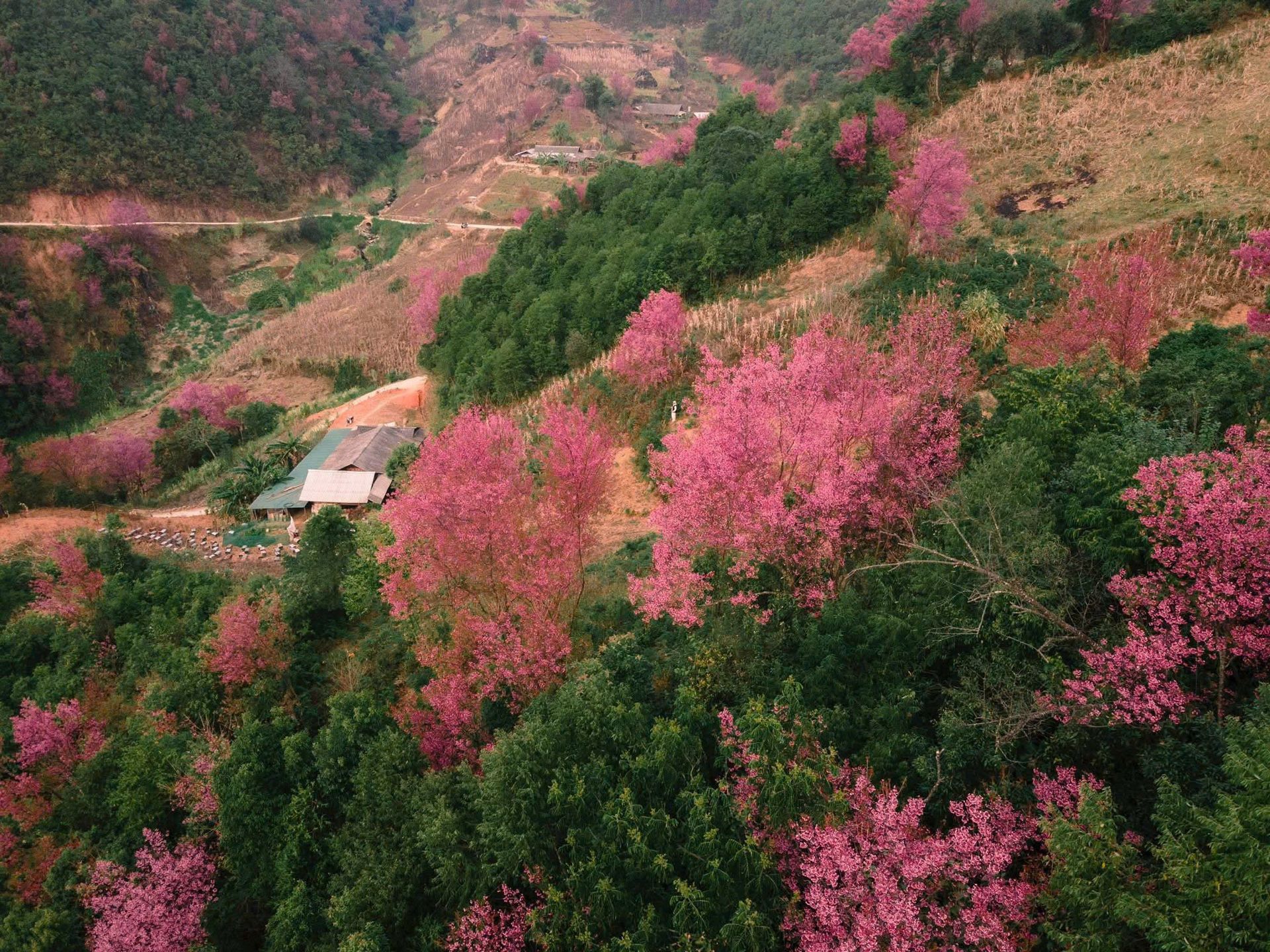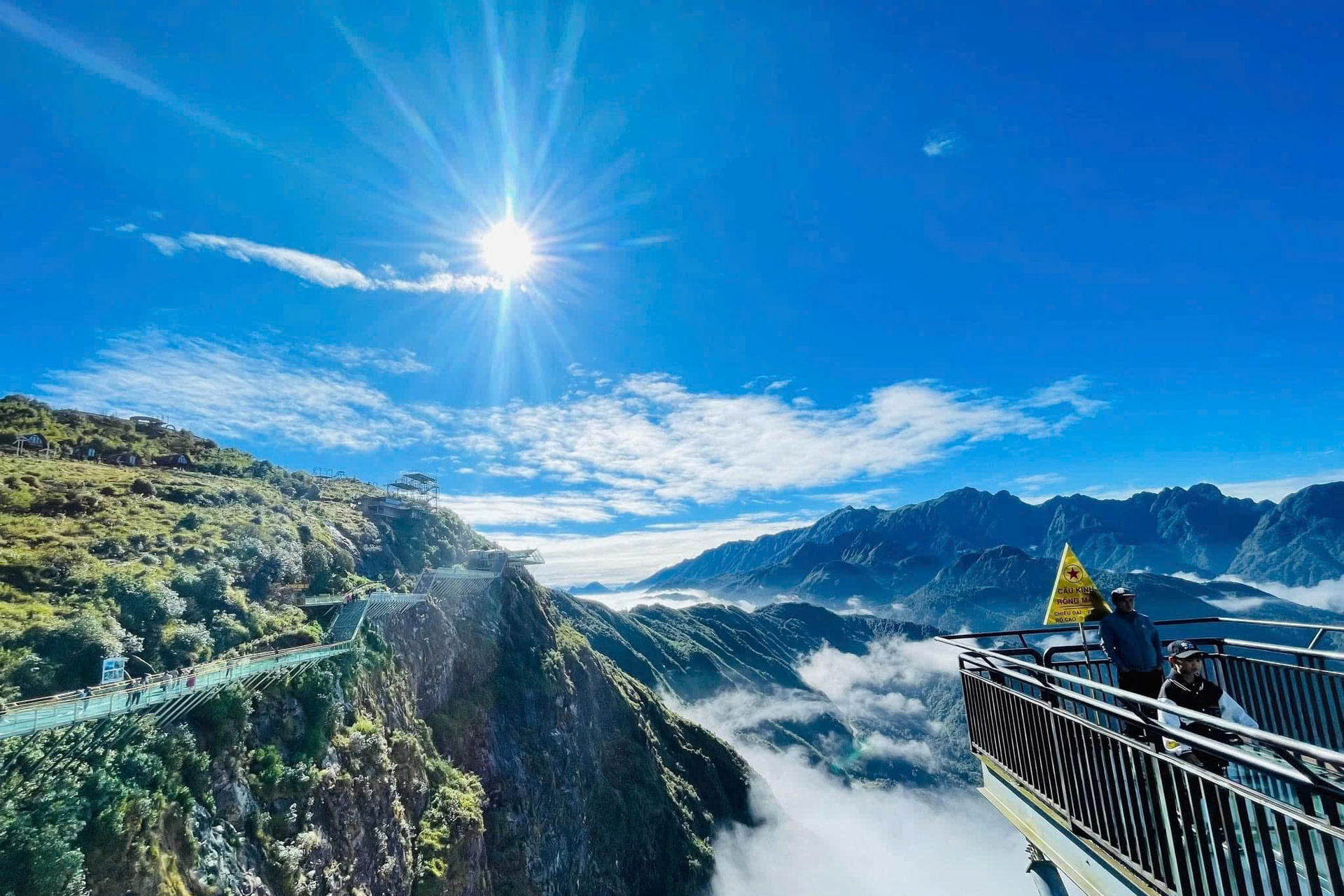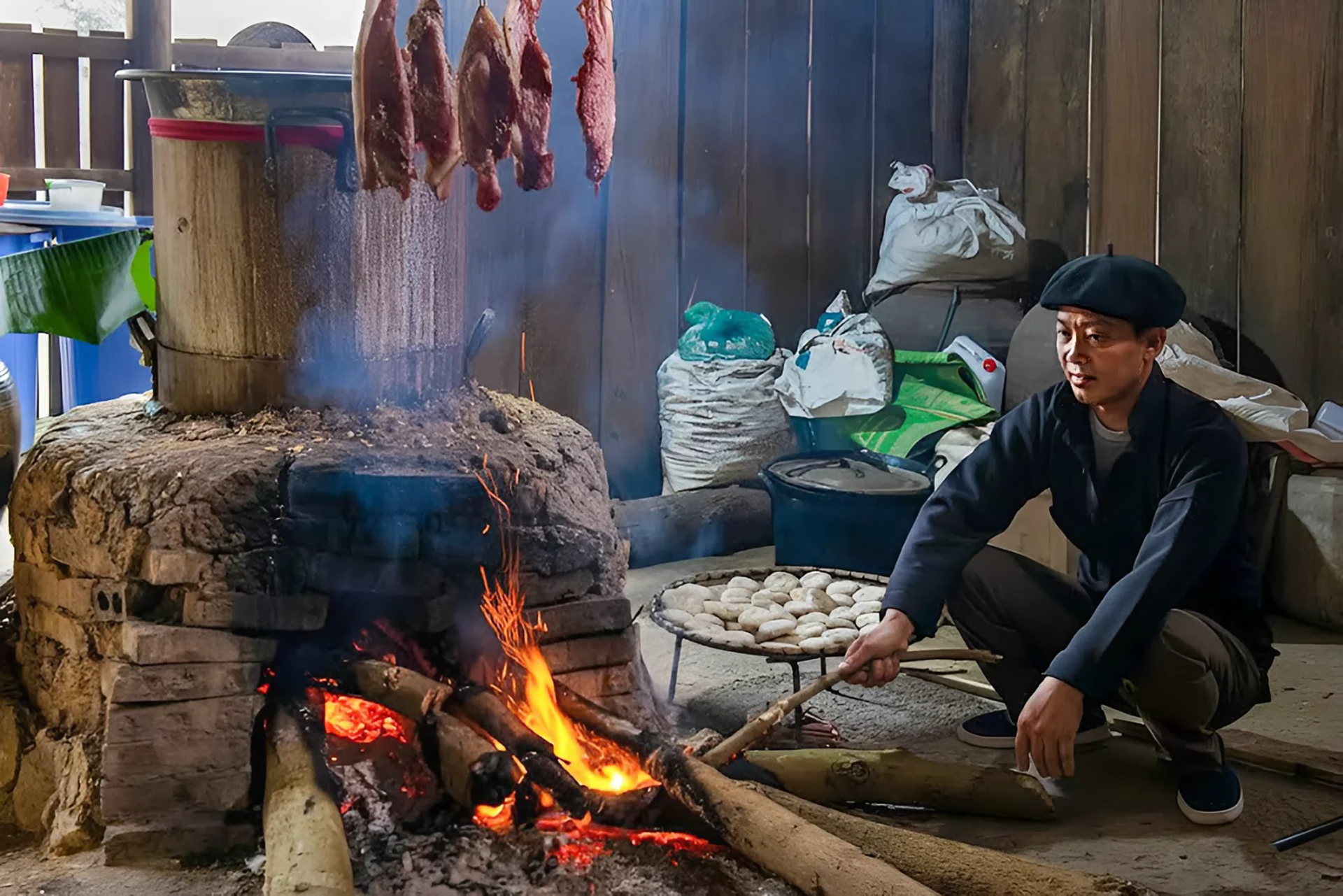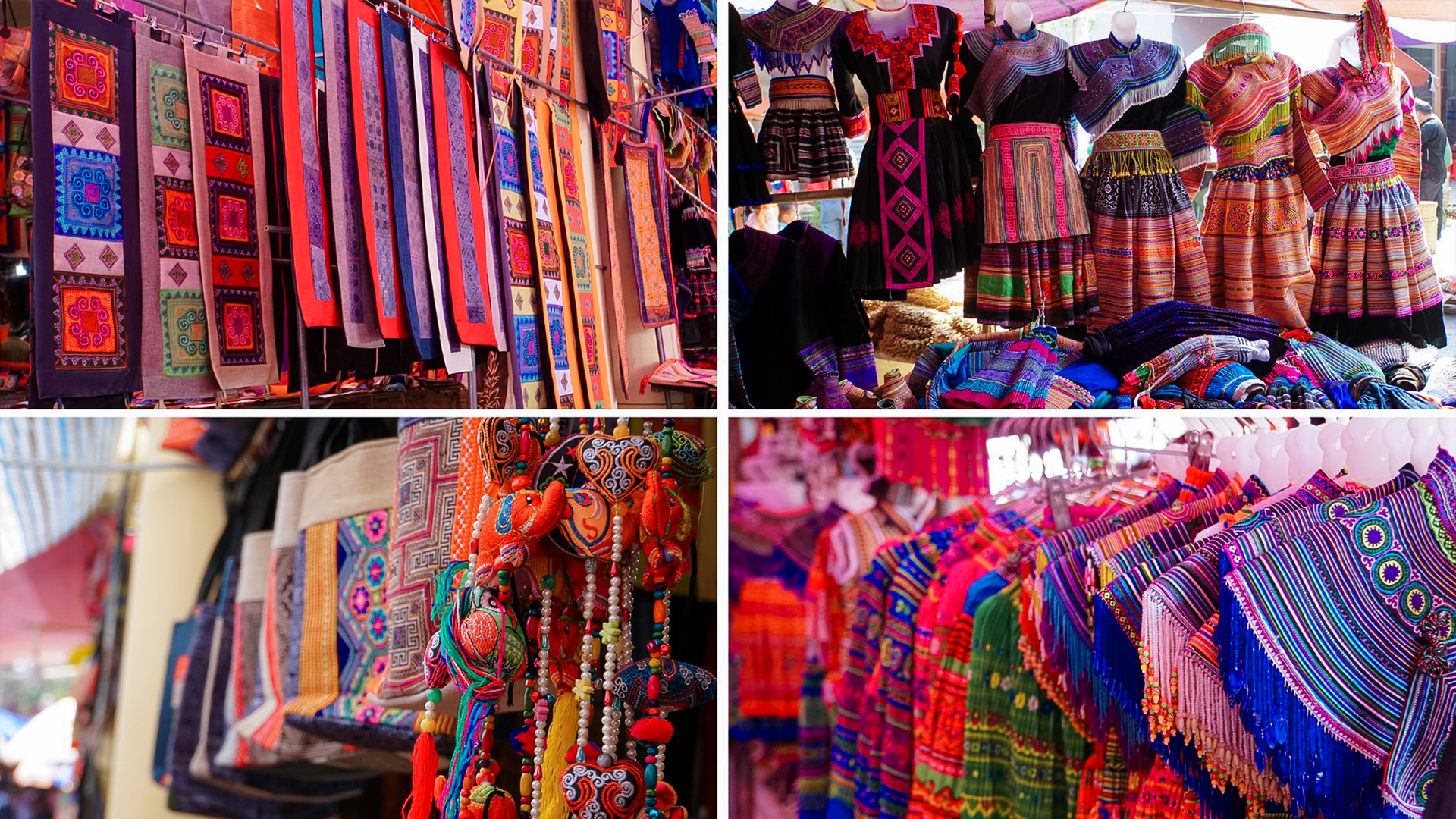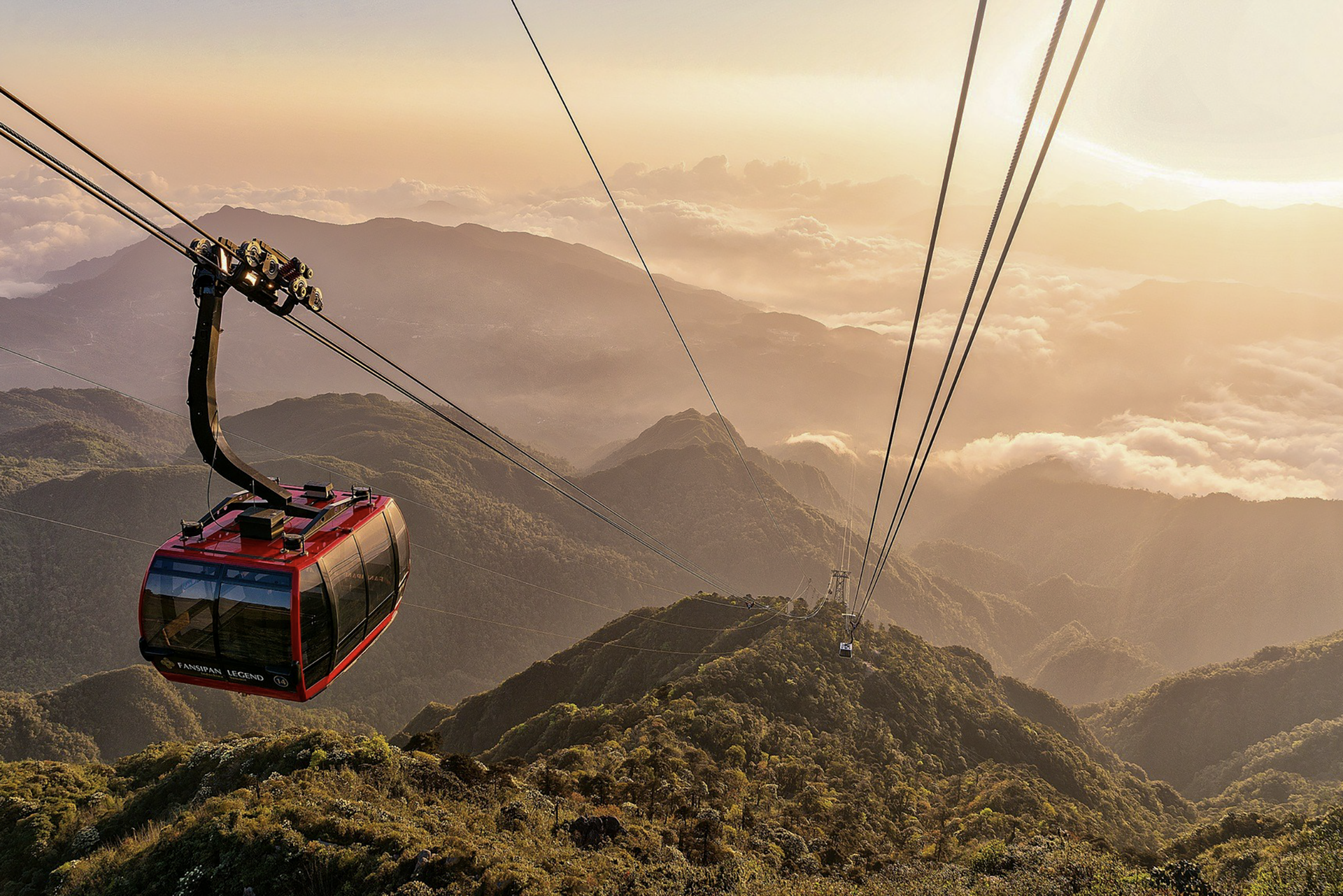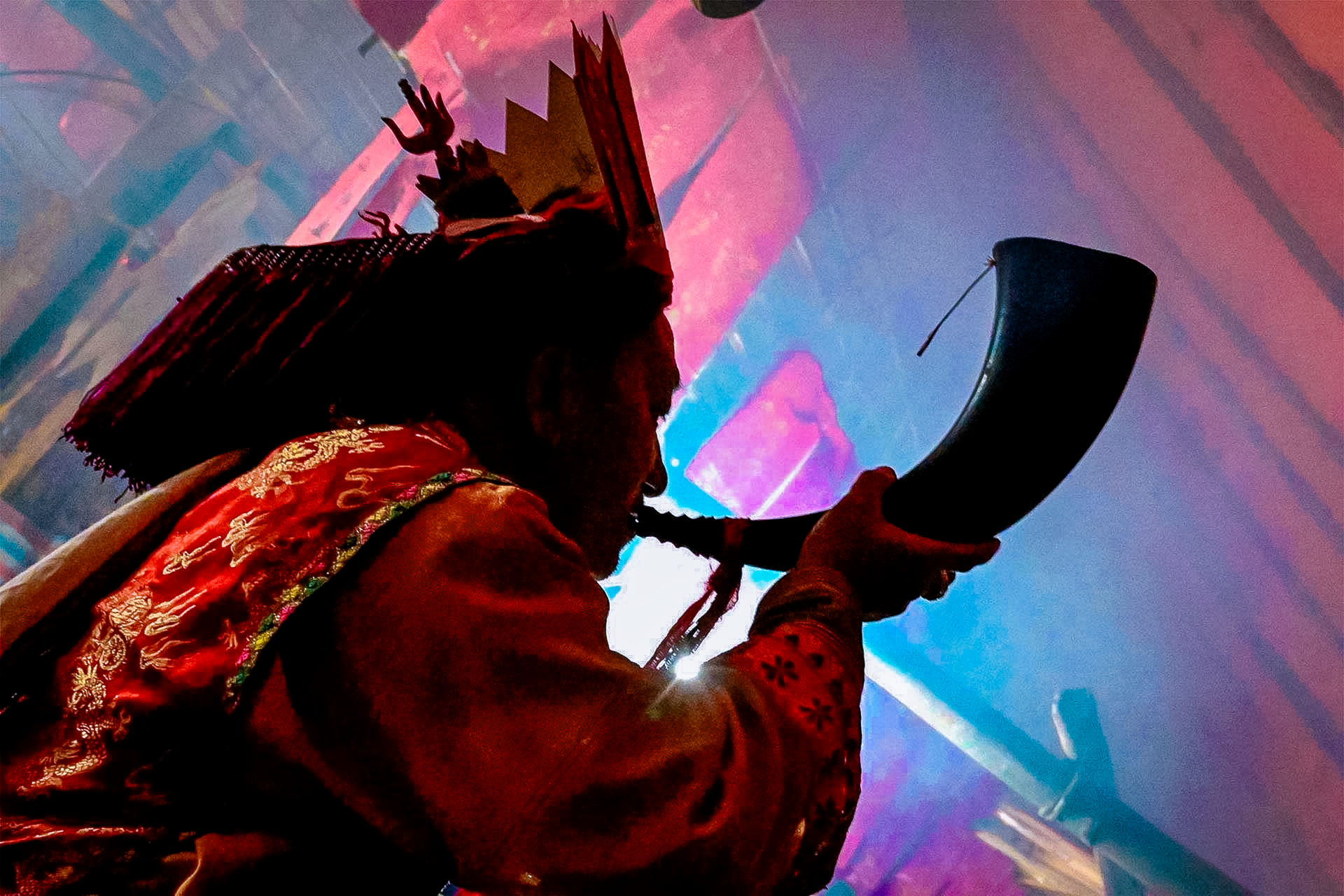In the bustling flow of modern life, there are still traditional cultural values preserved through generations. Indigo dyeing is one of those precious heritages. More than just a craft, indigo dyeing is a story of connection between humans and nature, of perseverance and creativity, and of an indelible cultural identity. Today, let's explore the history of indigo dyeing, and more specifically, its role in Sapa – a renowned tourist destination in Vietnam, as well as a unique experience at Vietnam’s Ethnics Community.
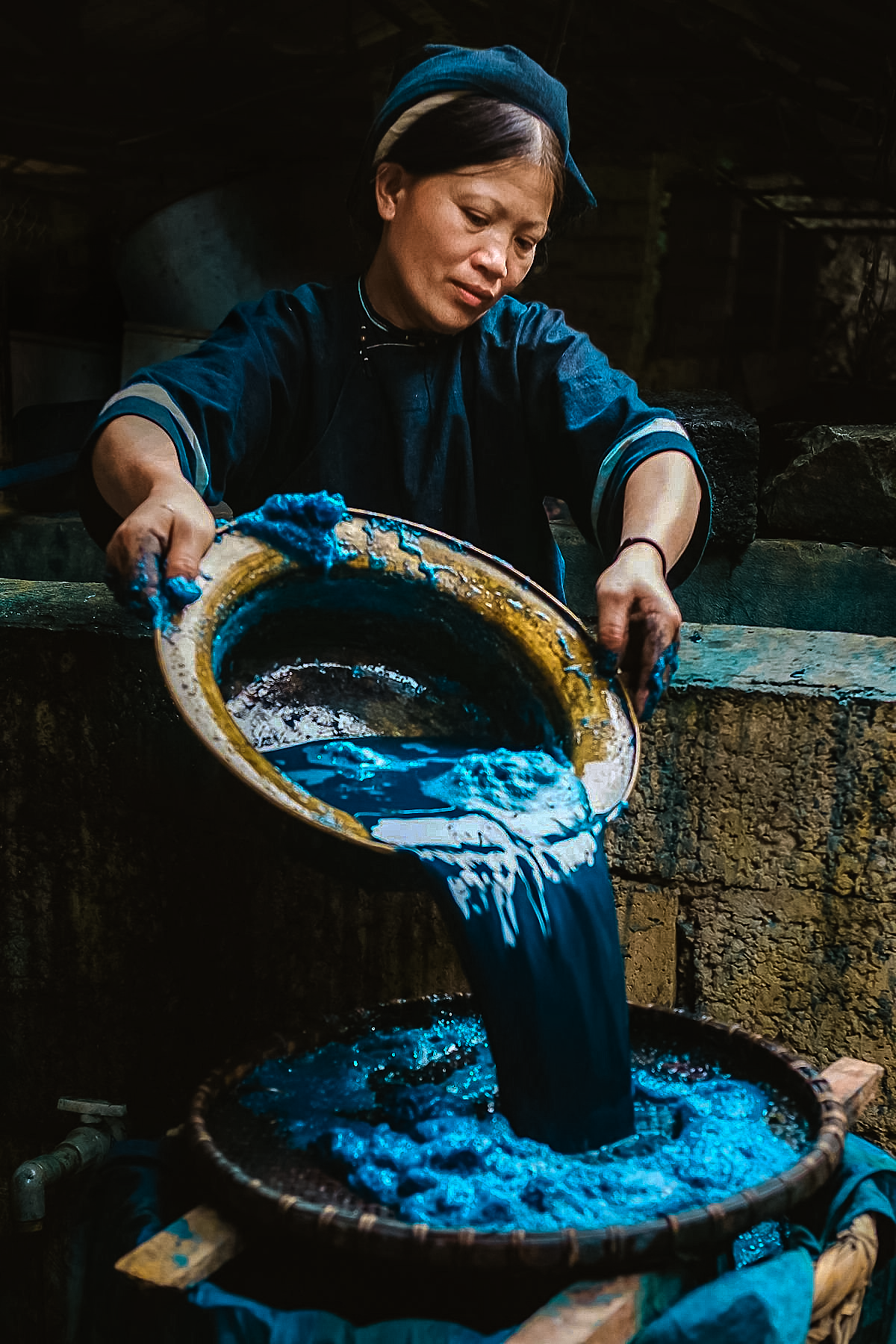
1. The Mysterious History of Indigo Dyeing:
The art of indigo dyeing has a long and rich history, spanning millennia. Archaeological evidence suggests that this technique appeared as early as the Neolithic period, thousands of years ago. From the Nile Valley of ancient Egypt, the tropical forests of India, to Chinese dynasties and remote villages in Southeast Asia, the indigo plant (Indigofera tinctoria or other species of the genus Indigofera) has been cultivated to produce its distinctive deep blue color – a shade considered precious and imbued with significant meaning.
The indigo dyeing process was initially a secret art, requiring a deep understanding of botany, natural chemistry, and patience. Indigo leaves were harvested, fermented to extract the pigment, then soaked in an alkaline solution, often lime or wood ash, and stirred continuously. This is a miraculous transformation process, as the insoluble pigment changes into a soluble form, ready for the fabric to absorb. When the fabric is dipped and then exposed to air, oxygen reacts with the pigment, "locking" the blue color into each fiber, creating a durable and vibrant indigo hue. Indigo dyeing not only creates color but also makes the fabric more durable, resistant to mold and insects.
2. Indigo Dyeing in Sapa: The Cultural Quintessence of the Highlands:
In Vietnam, indigo dyeing plays an extremely important role in the lives of ethnic minorities in the northern mountainous regions, especially in Sapa. For the H'Mong, Dao, Tay, Nung people..., indigo color is not just the color of their costumes but also a symbol of the mountains, the land, of resilience and community cohesion.
Each indigo-dyed brocade costume is the result of a meticulous labor process, from planting indigo, harvesting, processing, to weaving linen or cotton fabric, and finally dyeing. Notably, the women here also use "beeswax printing" (batik) techniques to create intricate patterns before dyeing, making each product a unique work of art, deeply imbued with personal and cultural identity. Indigo dyeing is not only a livelihood but also a way to transmit cultural values from one generation to the next.
3. Vietnam’s Ethnics Community and Sustainable Tourism with Indigo Dyeing Class:
Understanding the immense value of the indigo dyeing heritage, Vietnam’s Ethnics Community in Sapa proudly offers a unique and meaningful experience: The traditional indigo dyeing workshop. What makes these classes special is that they are directly taught by local artisans – H'Mong and Dao women who have dedicated their lives to the indigo plant and the loom.
By participating in an indigo dyeing class at Vietnam’s Ethnics Community, you will not only:
Learn more about the manual indigo dyeing process: From preparing indigo leaves, mixing dyeing solutions to dipping and drying techniques.
Experience creating your own unique product: You will be guided to create your own patterns and motifs on your fabric, taking home a meaningful souvenir made by your own hands.
Interact and learn from local artisans: This is a wonderful opportunity to understand more about the life, culture, and stories of the local people.
This is not just a recreational activity but also a vital part of Vietnam’s Ethnics Community's commitment to sustainable tourism. Through these workshops:
We contribute to preserving and promoting traditional handicrafts that are at risk of fading away.
Create sustainable livelihoods for indigenous people, helping them gain additional income and motivation to continue preserving their culture.
Raise awareness among tourists about the value of local culture and the importance of responsible tourism.
Indigo dyeing is a magical blue thread, weaving the colorful cultural tapestry of Vietnam. In Sapa, and especially with Vietnam’s Ethnics Community, you can not only admire but also immerse yourself in the flow of that heritage. Let your trip to Sapa become more meaningful with the indigo dyeing experience, where you connect with the past, cherish the present, and contribute to a sustainable tourism future.
FOR INQUIRIES AND BOOKING:
Vietnam’s Ethnics Community
Address: 02 Nguyen Chi Thanh, Sa Pa, Lao Cai
Email: booking@ethnicscommunity.com
Whatsapp/Zalo/Phone: +84 944 824 131 | +84 989 454 334
